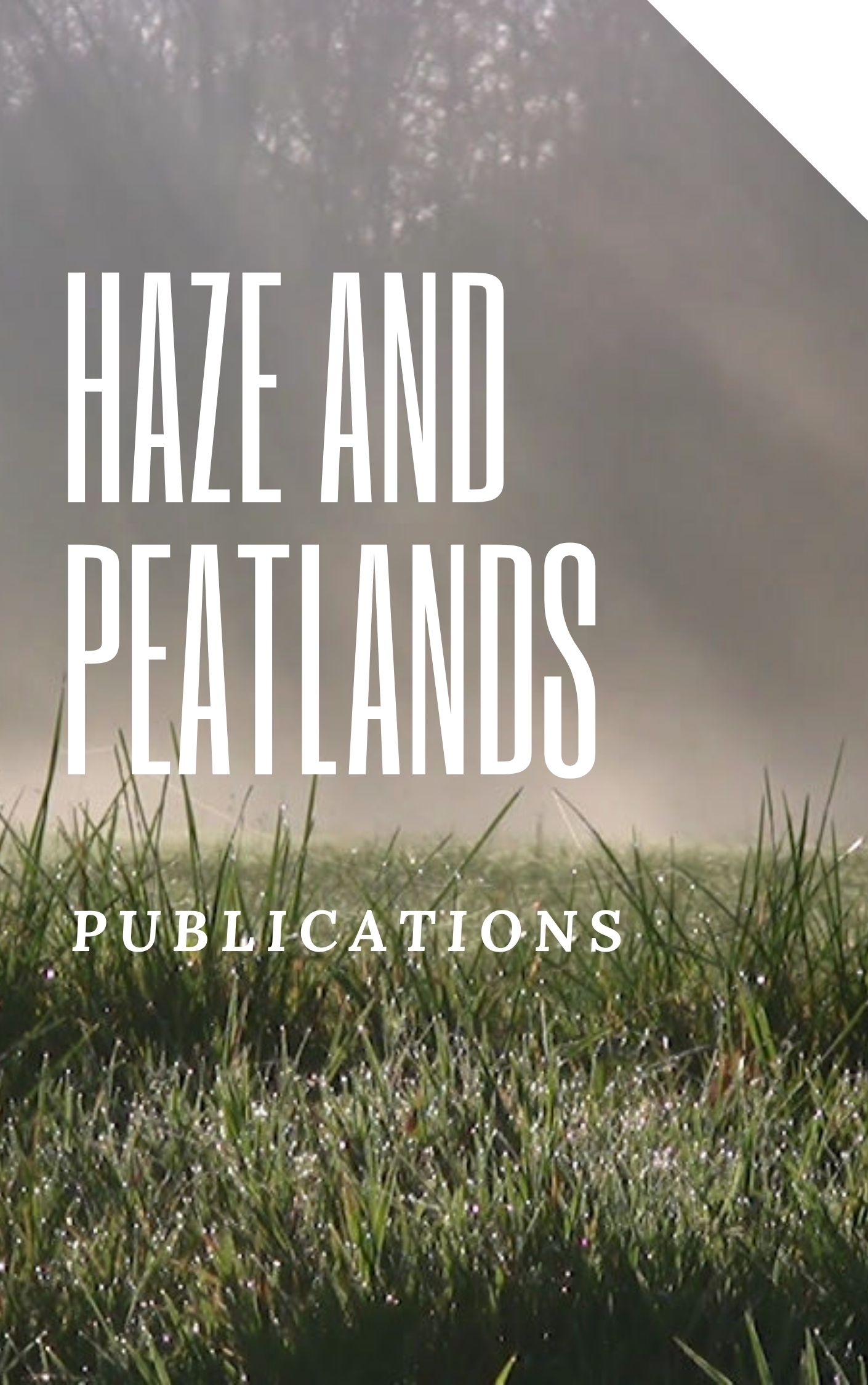
Share this
Sumatra Island is one of Indonesia’s regions which has a high risk of forest fires. Even though many scientists have studied forest fires using various perspectives, little research analyzed the determinants of forest fires quantitatively. This article aims to analyze the influence of village topography (X1), geographical position of villages with forests area (X2), forest functions (X3), sources of population income (X4), resident agricultural commodities (X5), slush and burn traditions (X6), residents dependency upon forest area (X7), cooking fuel for most families (X8), the number of civil defense (pertahanan sipil or hansip) or community protection (perlindungan masyarakat or linmas) office at village level (X9) against forest fires on Sumatra Island using logistic regression. The research data came from the 2018 Village Potential survey produced by the Central Bureau of Statistic of the Republic of Indonesia. Data analysis focused on three provinces (South Sumatra, Riau and Jambi) which had a high risk of forest fires compared to other provinces on Sumatra Island. The results showed that of the nine independent variables identified as predictors of forest fires, only four independent variables (X6, X3, X5, X9) significantly affected Y (forest fires incident). The final logistic regression model can explain Y by 5 percent significantly, X2 (4) = 110.95, p <0.01. All independent variables have a positive relationship with Y and contribute as 202.4% (X6), 25.2% (X3), 86% (X9), and 19.6% (X5). This article recommends that the government should focus on the effort of forest fire prevention on villages that have slush and burn agriculture practices. The government must allow conditional burning for small farmers and regulate the standardization of management and technology for preventing and combating forest fires for private corporations. This article encourages government and private corporations to strengthen institutions at the village level as an entry point for citizen participation in forest fire prevention. © 2019 IJSTR.

